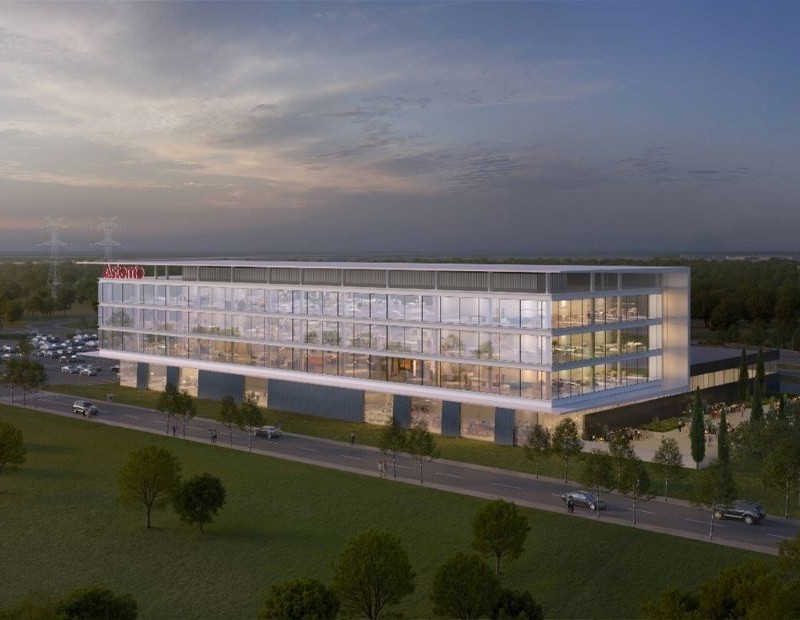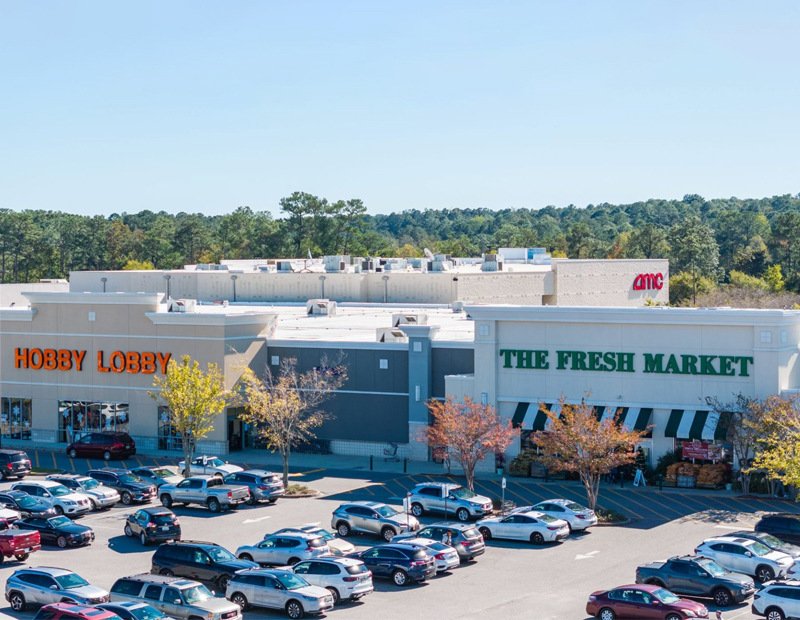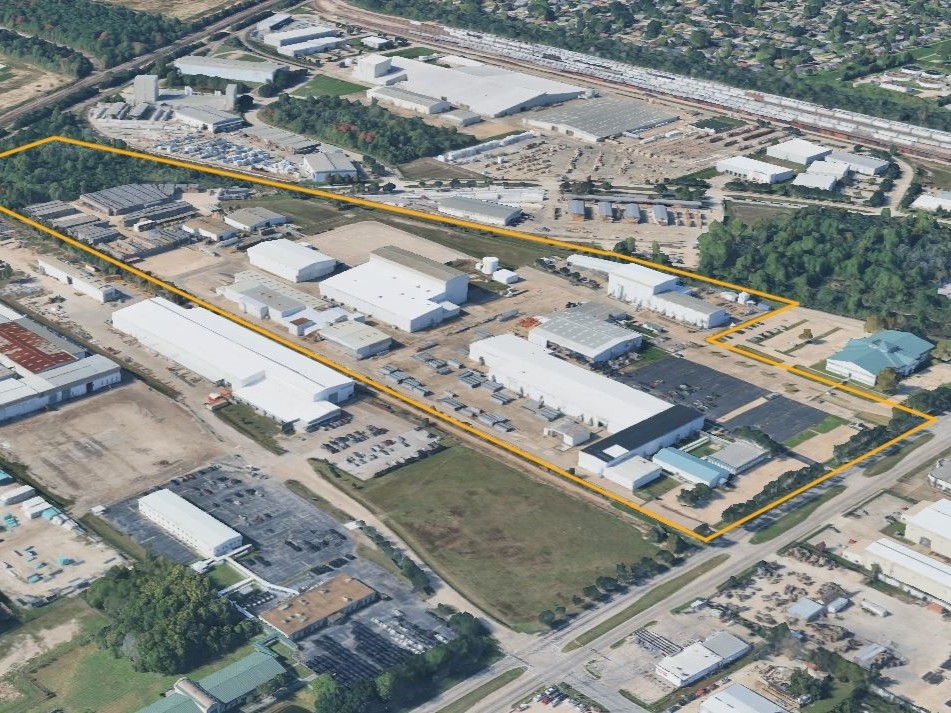4 Insights on Responding to the Era of Uncertainty
There's good reason for the debt markets to stay the course—with eyes wide open.

The first thing I encouraged my team and clients to remember after the initial shock of the tariffs were announced? Hold fast. A new norm will eventually emerge, and we will plan to be ready for it when it does.
This week is indeed telling a steadier story. Most importantly, there is still ample debt liquidity and a substantial amount of hungry equity on the sidelines of today’s market ready to deploy. That in no small way should bolster confidence as the market adjusts to new conditions in the days ahead.
These are indeed totally uncharted waters. Almost everything I’ve learned at business school is being tested with the new tariff policy and geopolitical forces shaping 2025 economic realities. As we sit here today, the hope of interest rates going substantially lower is just that—a hope. It would be fantastic for all involved in commercial real estate if interest rates did go lower. But to have your business model structured around “we’re going to see lower rates” I think misses the point of prudent investing. Yes. It could happen. But there’s a greater probability it won’t happen. There are inflationary pressures out there. The world order is being readjusted, and we don’t know what the outcome will be. It is too early to tell.
READ ALSO: Transition Risk in Transition
Real estate inherently plays a long game. There will be cycles. Rate volatility since 2022 after a decade of super-low, stable rates finally taught even the youngest of our professional generations that market dynamics change. For some of us veterans, maybe last week felt a little like 2008, 2001, the early 1990s or Black Monday. But mainly it just felt that way. We have yet to see the real impacts of tariff policy as negotiations continue to play out, and reprieves give us time to plan. Change is a constant, but how we react to change is in the timing. Here are some insights to help temper a calm resolve for the road ahead.
1. On the rate climate
Earlier this year at our annual conference, the MBA’s economists forecast a 10-year Treasury yield in the range of 4 percent to 4.9 percent, with expectations that we would operate at 4.5 percent or below. This forecast included the idea of tariffs. Even after the volatility of last week, we are holding in that preferred range at manageable levels for financing most performing assets. Yes, spreads are widening against corporate bonds, which will pressure final all-in rates, but we remain in manageable territory for the time being on most assets working from conservative leverage with documented performance. If yields trend lower, better yet. But we are positioned to perform at current levels. If a loan rate works today, lock it now and move on. Never take your deal to the edge. Build your strategy before summer ends.
Anyone who is building the success of their business model around a sudden drop in rates should be forewarned. Rates should improve this year, but my experience leads me to believe that inflation, a likely early result from tariff implementation, will be more of a concern than slowing market growth at the Federal Reserve, tempering the movement toward cuts.
2. On asset health
We need to recognize that overall, commercial real estate fundamentals remain strong across the major asset classes. Multifamily will continue to enjoy strong demand outpacing available stock in most markets, even as the Sun Belt reckons with absorbing a wave of new construction. Industrial has softened slightly but so has new construction in this space. Tariffs may have some early impact on port markets, but we have forever shifted to a logistics intensive operating model and that won’t change. Retail has outperformed expectations post COVID and through inflation. Hospitality is back, for destination tourism if not convention and business hotels, which also continue to show improving performance. Even office is seeing green shoots of improvement as assets trade at new values, vacancies improve as companies establish their back to office strategies and, in select submarkets from New York to Miami to Los Angeles (Century City), we are seeing strong performance in Class A space.
3. On debt sources
There is an ample number of debt sources that remain active and engaged in the current market cycle. While borrowers are inherently rate sensitive, access to debt liquidity is far more important to overall market health. Insurance companies remain active and continue to grow their allocations to capture market share. Banks are slowly returning to the market, more aggressive where recourse and deposits can be applied, and sniping some deals competitively in a return to traditional underwriting. Credit unions have also shown a continued appetite for CRE loans. Private equity, debt funds and CMBS round out a healthy roster.
4. On refinancing
In a market exhibiting today’s conditions, don’t expect to see any early refinancing without a cash proceed requirement. If there is a need to repatriate pent up or accumulated equity to redeploy toward other projects or investments, that option is available to most maturities, early or pending, that approached their previous debt in a relatively conservative fashion. Some maturing debt may require cash in to right-side debt service or cross-collateralization to boost performance at struggling assets. There are additional options if rates are stressing debt service, including interest-only terms or breakeven DSCR for edge projects seeking to qualify for permanent terms at maximum proceeds. Bridge to bridge remains a viable option for projects in transition or new investments.
5. On asset trades
There’s going to be fantastic opportunities in the market in front of us for those who have capital. At the same time, for those who are trying to sell properties based on yesterday’s valuations, I think most probably already know they are in for a rude awakening. There is a healthy amount of equity looking to take advantage of distress in the “higher for longer” conditions of the current climate, and that bodes well for finding a buyer when the time comes to choose between refinancing, selling or receivership. If a friendly extension can be granted, maybe that is a solution. Otherwise, the dynamics of price discovery have not changed much from last year and, unless there is another significant shift, the market is pricing more effectively to the new cost of capital and the current rate climate.
6. On new construction
Beyond destabilizing global financial markets with uncertainty, the new tariffs will have the most direct impact on development in the months ahead. This will be a tough market for new construction and the number of new starts will probably drop significantly from a combination of higher interest rates, a rise in construction materials costs from tariffs and immigration policy on available labor. If you throw these new, higher prices into the budget, it creates a very expensive bill. In this era of heightened costs, expect most pressure to be put on land valuation to adjust project budgets to make a project pencil. But more than likely, it will take some time for the market to settle and identify the true costs of tariffs so project budgets can be aligned with market realities. Until we see where trade negotiations land later this year, expect most projects to be put on hold until clarity emerges.
7. On the road ahead
Changes to the economic landscape like we saw last week can be unsettling. But if we set our eyes to months ahead and not the days at hand, experience has taught me that there will be opportunities that emerge from the challenges that arise. You must recognize these moments for what they are. At their core, a shift like this is a cleansing cycle. For those who made use of conservative leverage to finance strategic real estate investments, expect to weather the storm. If you have capital on hand, this will be an opportunistic cycle and there will be attractive deals to be had. Conversely, when major shifts like this occur, not everyone will make it. That remains the nature of risk inherent investments.
George Mitsanas is a principal of Gantry.







You must be logged in to post a comment.